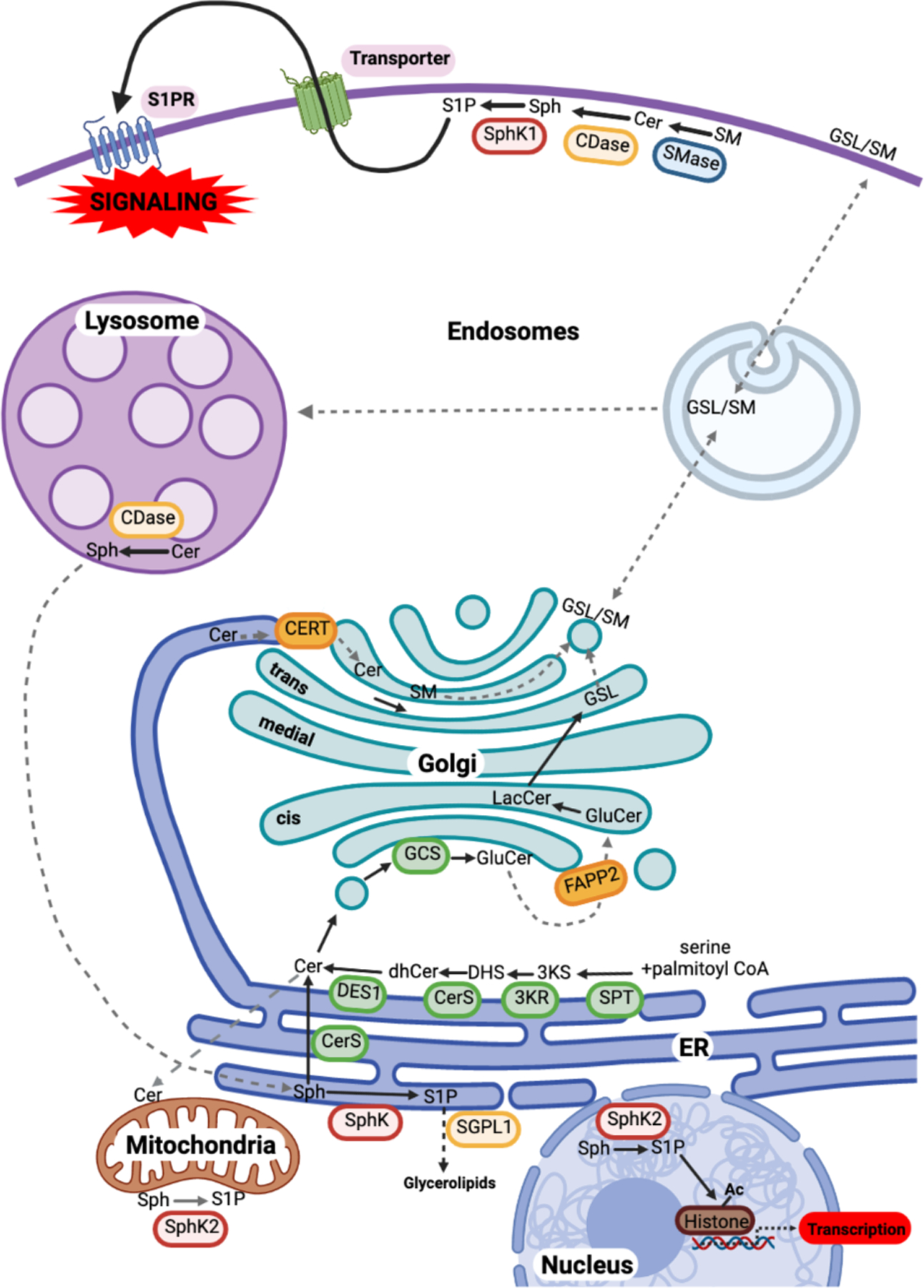Figure 1. Spatial distribution and compartmentalization of sphingolipid metabolism.

De novo sphingolipid synthesis begins at the ER as described in the text, leading to the formation of ceramide (Cer). Cer is transported to the Golgi either by the ceramide transfer protein CERT at ER-trans-Golgi contact sites for the formation of sphingomyelin (SM), or by vesicular transport to the cis-Golgi. There, Cer is glucosylated to GluCer, which is then trafficked further in the Golgi via FAPP2 to form LacCer, and sequentially glycosylated to form complex glycosphingolipids (GSLs). Cer may also be translocated to mitochondria at membrane contact sites with the ER. At the plasma membrane, in a signal-mediated process, sphingomyelinase (SMase), ceramidase (CDase), and sphingosine kinases (SphK) produce the bioactive metabolites Cer, sphingosine (Sph) and sphingosine-1-phosphate (S1P), respectively. S1P is then transported outside of cells and acts in a paracrine or autocrine fashion via S1P receptors (S1PRs) to initiate myriad signaling pathways. Plasma membrane sphingolipids are internalized by the endocytic pathway to the lysosome for degradation to Sph, which can be trafficked by unknown mechanisms to the ER. In the ER, Sph can either be recycled back to Cer for reutilization or degraded after phosphorylation by SphKs and cleavage by S1P lyase (SGPL1). S1P produced by SphK2 in mitochondria interacts with the electron transport chain, and in the nucleus, it regulates histone acetylation.
Color code: Red box, enzymes; orange box, lipid binding and transport proteins; blue arrows, vesicular transport steps; red arrows, protein-mediated lipid transport step; dashed arrows, unknown transport step(s).
